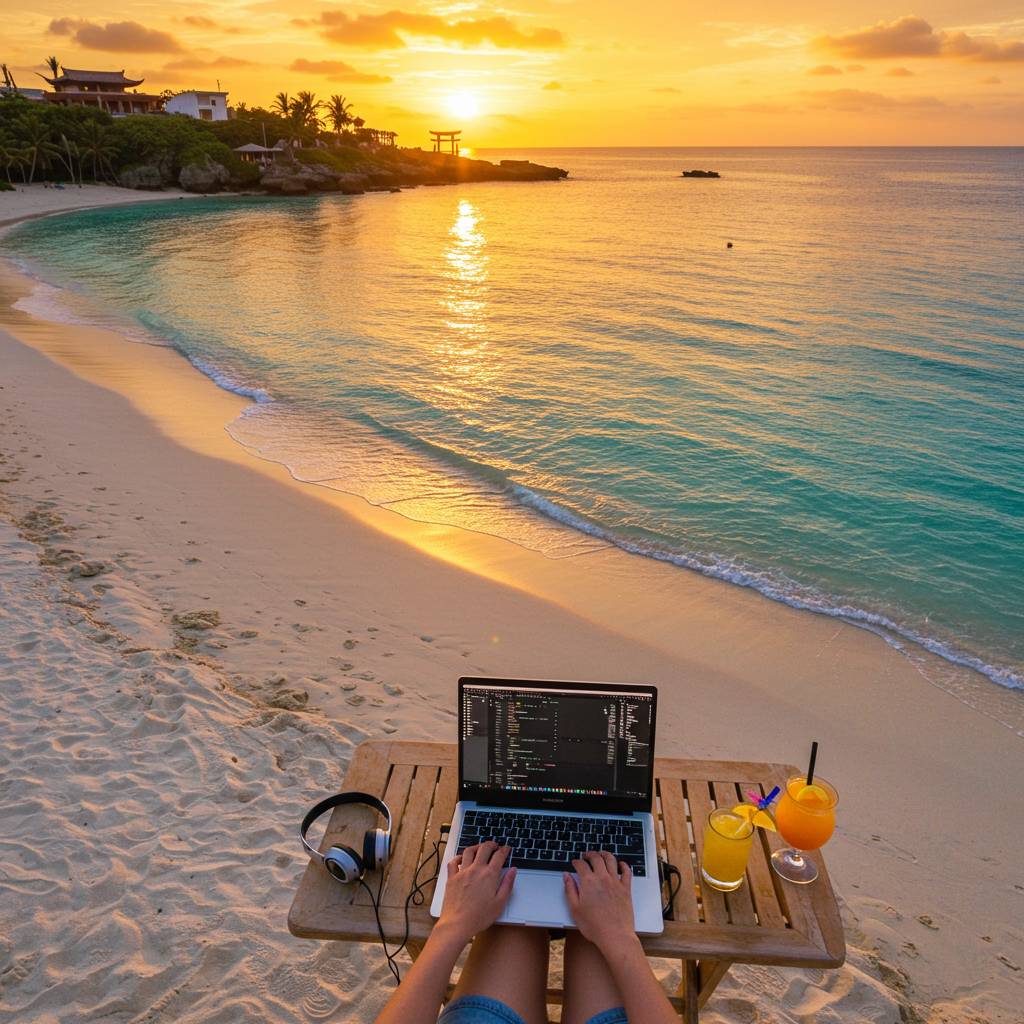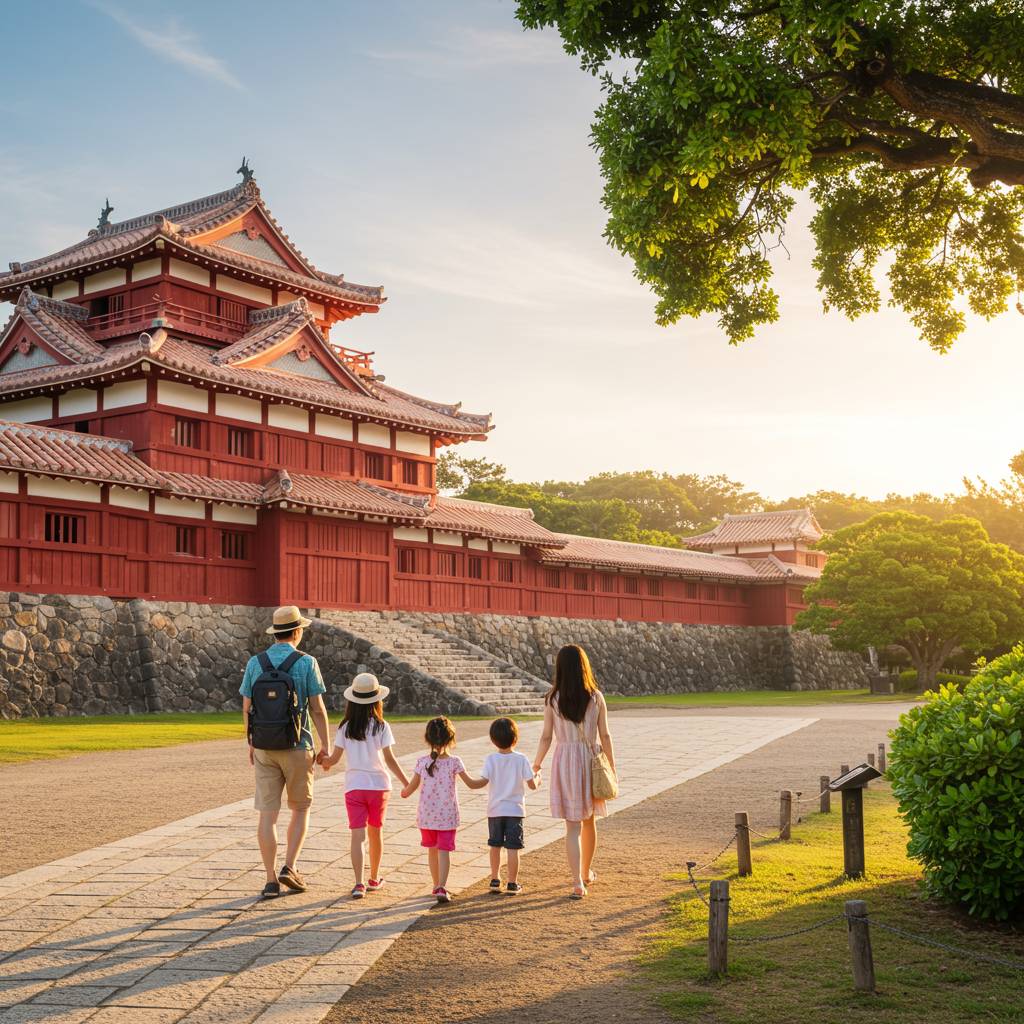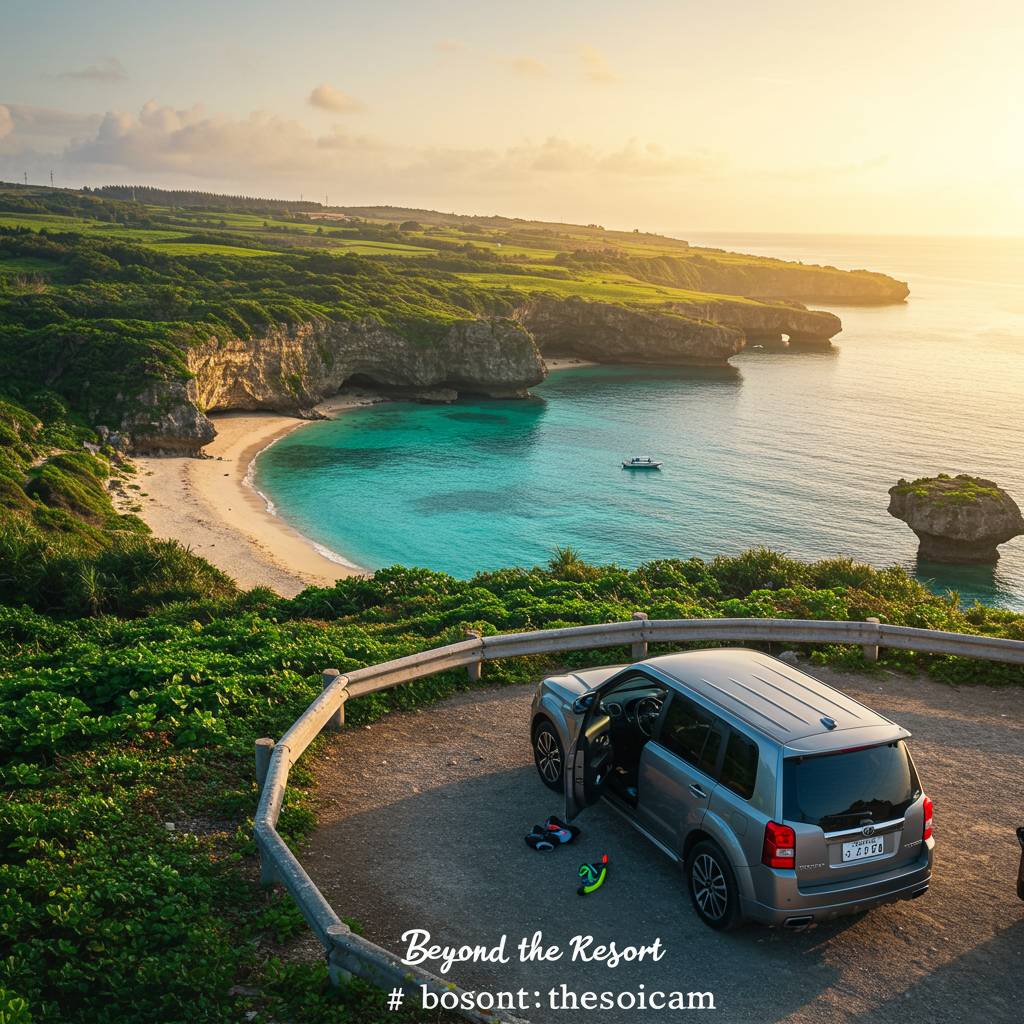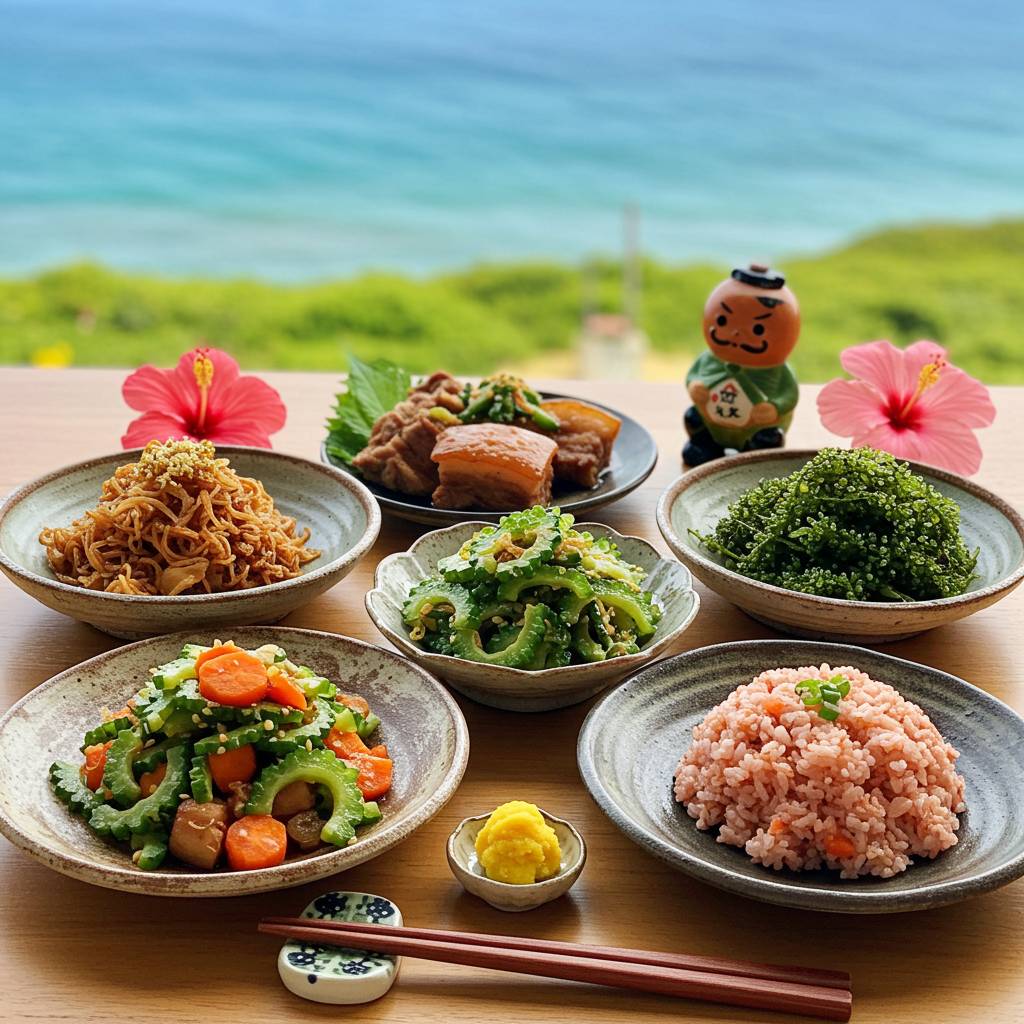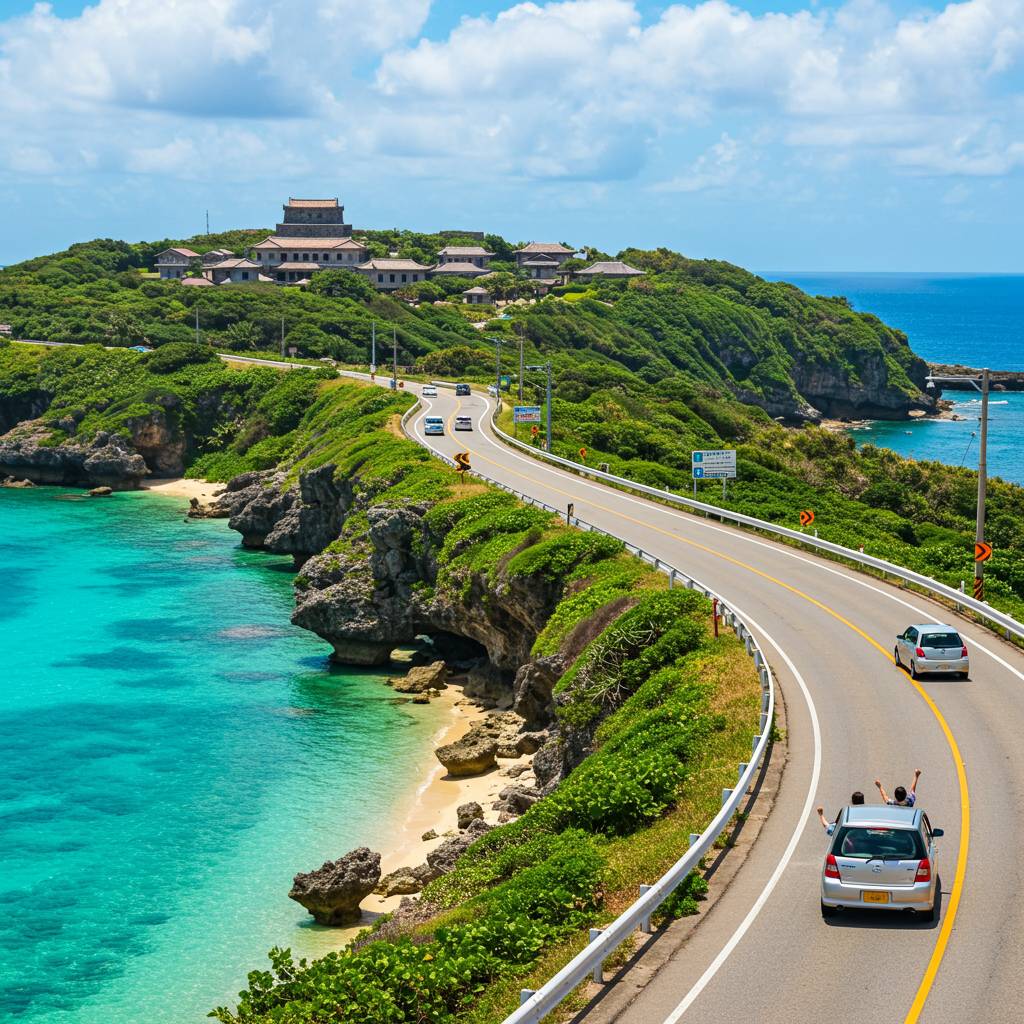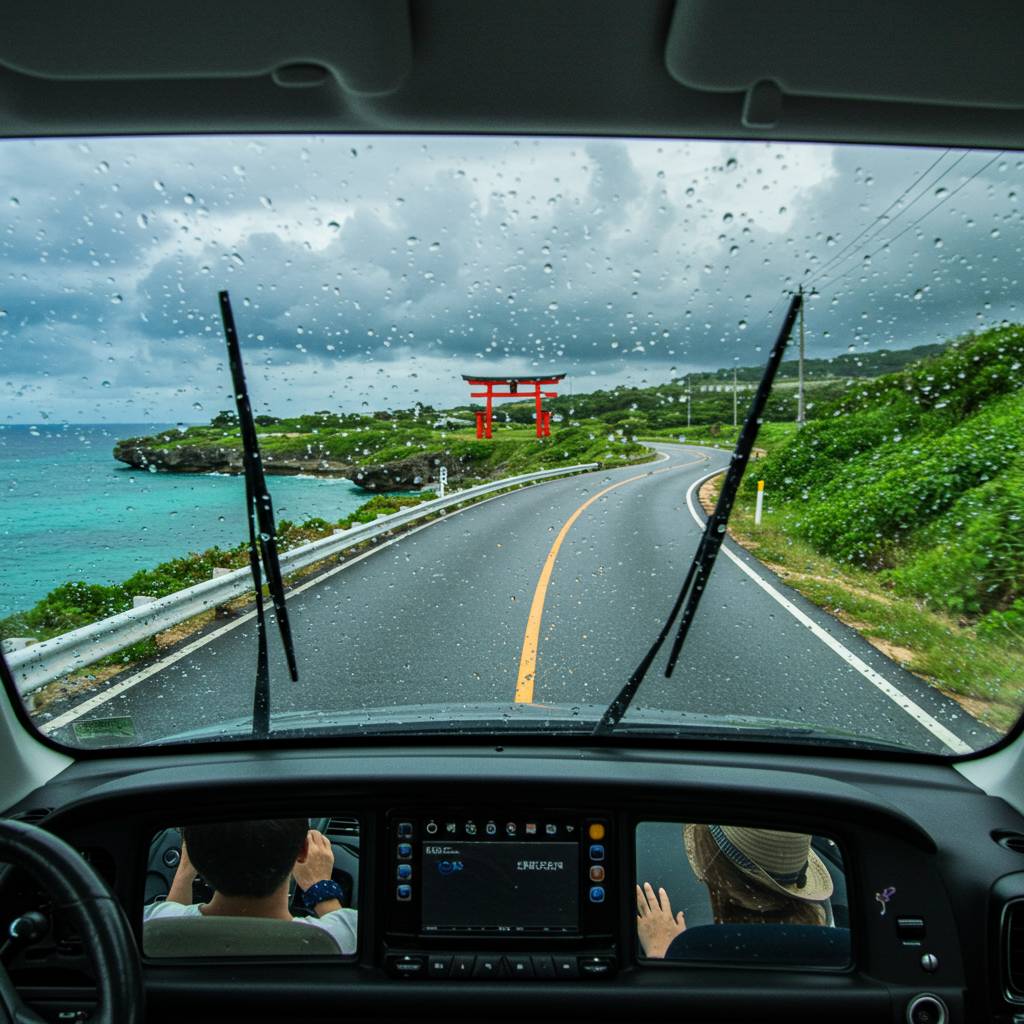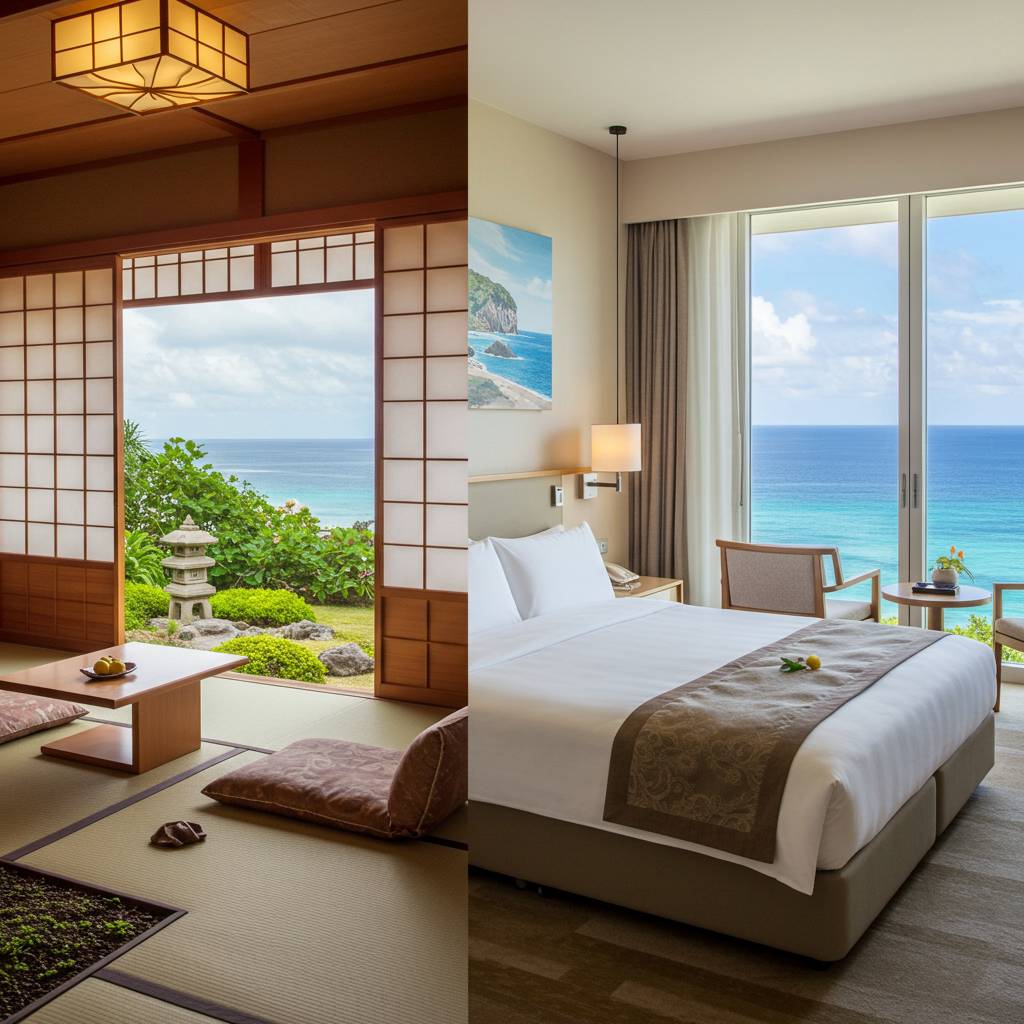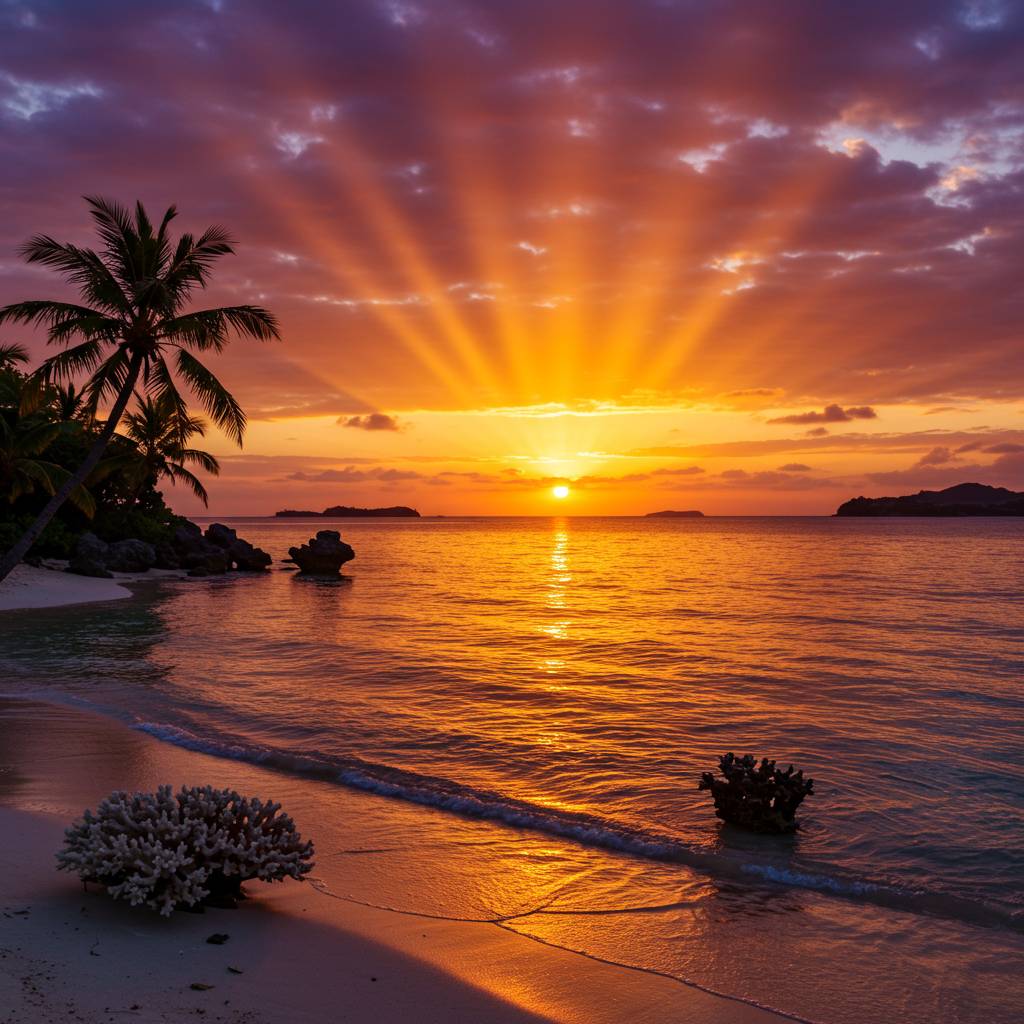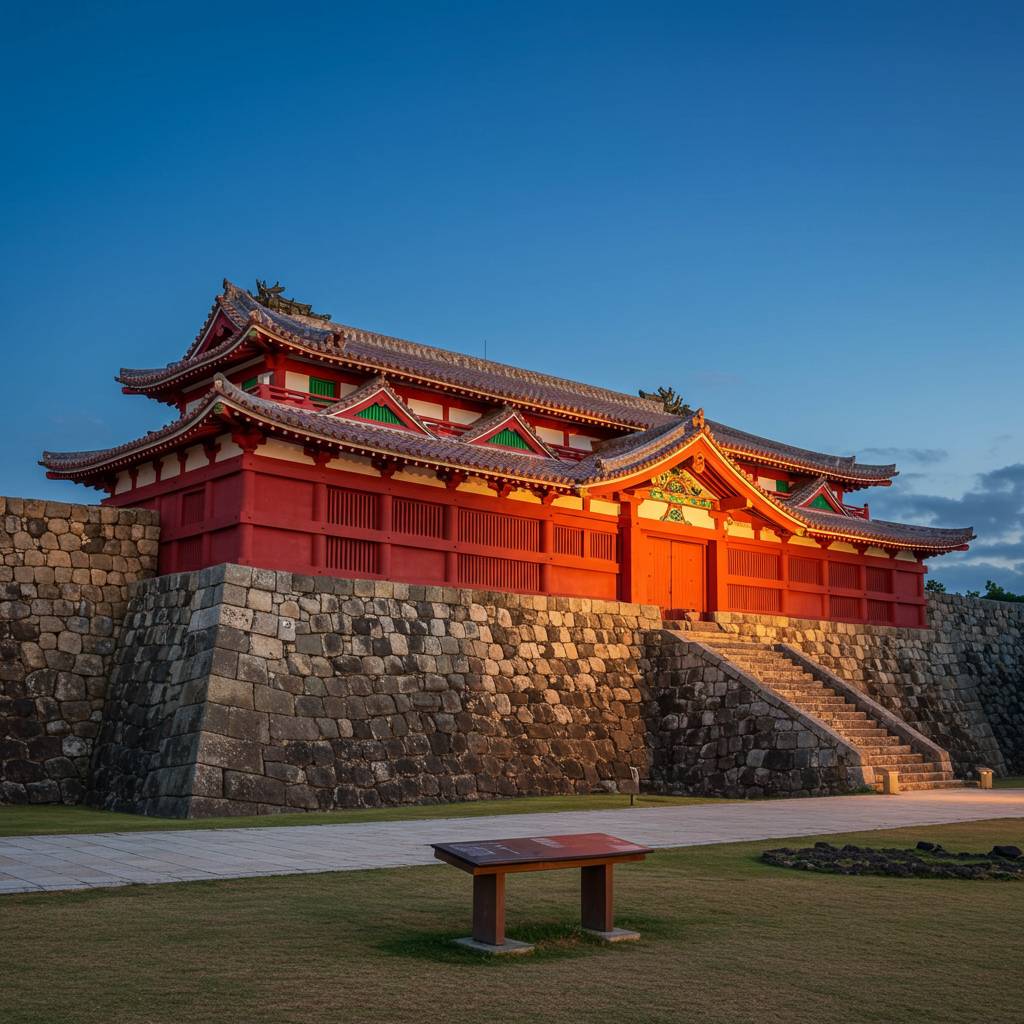Are you dreaming of white sandy beaches, crystal-clear turquoise waters, and a unique cultural experience that blends Japanese tradition with tropical island vibes? Welcome to Okinawa, Japan’s southernmost prefecture and a paradise for solo travelers seeking adventure and tranquility alike.
As someone who has traversed the stunning archipelago extensively, I can attest that navigating Okinawa independently offers unparalleled freedom and unforgettable experiences. However, planning the logistics of accommodation and transportation can be daunting, especially if you’re venturing alone to this island paradise for the first time.
This comprehensive guide is designed specifically for solo travelers who want to experience Okinawa authentically, without the constraints of tour groups or the limitations of public transportation. I’ll share my hard-earned wisdom on finding the perfect hotel that balances comfort, convenience, and affordability, along with insider tips on renting and driving a car in Okinawa that you won’t find in standard travel guides.
Whether you’re seeking secluded beaches accessible only by car, looking to immerse yourself in Okinawan culture at your own pace, or simply wanting the freedom to explore this magnificent island chain on your terms, this guide will equip you with everything you need to know for a seamless solo adventure.
Join me as we delve into hidden gems, money-saving accommodation hacks, and the perfect week-long itinerary that will transform your Okinawan dream into a well-planned reality. Let’s embark on this journey together and discover why Okinawa might just be the ideal destination for your next solo escapade.
1. 10 Hidden Gems in Okinawa Only Accessible by Rental Car: A Solo Explorer’s Dream
Okinawa’s true magic lies beyond its popular tourist spots, in secluded corners that reward the adventurous solo traveler. With a rental car, you gain the freedom to discover these hidden paradises at your own pace. Kijoka Falls in northern Okinawa offers a serene swimming spot surrounded by lush forest, perfect for peaceful reflection away from crowds. Meanwhile, the limestone caves of Irizaki, accessible via a short hike from a remote parking area, provide a glimpse into the island’s geological wonders. For beach enthusiasts, Okuma Beach presents crystal-clear waters with far fewer visitors than Manza or Emerald Beach. The ancient Nakijin Castle ruins offer panoramic ocean views that transform majestically at sunset, while the tiny fishing village of Kin provides authentic Okinawan cuisine at family-run restaurants where tourists rarely venture. Nature lovers shouldn’t miss Hiji Falls, requiring a scenic drive through mountain roads, or the secluded Yubu Island, accessible only at specific tide times. The mystical Sefa-utaki sacred site reveals Okinawa’s spiritual heritage, and Cape Hedo’s dramatic cliffs stand as Japan’s northernmost point on the island. Finally, the pottery village of Yomitan showcases traditional craftsmanship where you can watch artisans work and purchase one-of-a-kind souvenirs. With major rental companies like OTS Rent-a-Car and Times Car Rental offering competitive rates starting around ¥4,000 daily for compact vehicles, exploring these treasures becomes both affordable and convenient for the independent traveler seeking Okinawa’s authentic heart.
2. How to Score the Best Hotel Deals in Okinawa While Traveling Alone: Insider Tips
Finding the perfect hotel in Okinawa as a solo traveler doesn’t have to break the bank. The key is knowing when and where to book. Okinawa’s off-season (late fall to early spring, excluding New Year’s) offers significantly lower rates, often 30-40% below peak prices. Consider staying in areas like Naha City center or Chatan Town where solo-friendly accommodations are plentiful rather than the premium resort areas of Onna Village.
Boutique hotels like Hotel Collective in Naha or Hotel Anteroom Naha offer stylish single rooms designed specifically for solo travelers. Many traditional Japanese business hotels such as Dormy Inn Naha and Super Hotel Naha Shintoshin provide exceptional value with included amenities like breakfast and onsen facilities.
For the budget-conscious, guesthouses like Okinawa Soba House in Naha or Goya Hostel in Nago offer private rooms at fraction of hotel prices while providing opportunities to meet fellow travelers. Most hostels now feature secure private rooms with shared facilities, perfect for the solo adventurer.
Utilize comparison sites but always check the hotel’s direct website before booking – many Okinawan hotels offer special solo traveler packages not listed on third-party sites. Look for inclusions that add value for singles: free breakfast, airport shuttle service, or complimentary rental bicycles.
Loyalty programs are particularly beneficial for solo travelers. Even smaller Okinawan hotel chains like Resonex Hotels and Hotel Yugaf offer rewards programs with perks like room upgrades and late checkout. Consider joining the Japan Hotel Association’s membership program if planning multiple stops throughout Japan.
For longer stays, serviced apartments and weekly mansions in Naha can provide significant savings with kitchenette facilities. Oak Hotel Apartment and Condominium Hotel Monpa offer reasonable monthly rates with housekeeping services.
Finally, don’t underestimate the power of direct negotiation. As a solo traveler occupying a double room, politely inquiring about single occupancy discounts can often yield results, especially during slower periods. Many family-run minshuku (Japanese B&Bs) in northern Okinawa are particularly accommodating to solo guests who reach out directly.
3. The Ultimate 7-Day Okinawa Itinerary for Solo Travelers: Where to Stay and How to Get Around
Planning a week in Okinawa as a solo traveler requires strategic accommodation choices and transportation options to maximize your island experience. This comprehensive 7-day itinerary combines the perfect balance of must-see attractions, hidden gems, and practical logistics.
Day 1-2: Naha City Base**
Begin your Okinawan adventure in the capital city. The Naha Main Place Hotel offers an ideal location near Kokusai Street with single rooms starting at ¥8,000 per night. Alternatively, Hotel Collective provides modern accommodations with excellent access to the Yui Rail. For budget travelers, Guest House Kerama offers dormitory beds from ¥3,000 in a social atmosphere perfect for meeting fellow travelers.
While in Naha, rent a compact car from OTS Rent-a-Car or Times Car Rental, both offering competitive rates around ¥3,500-5,000 daily for small vehicles with excellent fuel efficiency. Reserve online at least two weeks ahead for the best rates, especially during peak seasons.
Day 3-4: Central Okinawa Exploration**
Relocate to the central region, where Hotel Moon Beach in Onna Village provides stunning ocean views and convenient access to the Churaumi Aquarium and Katsuren Castle ruins. The Renaissance Okinawa Resort offers luxurious solo-friendly accommodations, while Seaside Inn Chatan provides budget-friendly options near American Village.
Using your rental car, create a flexible itinerary including Cape Manzamo in the morning (before tour buses arrive), followed by Ryukyu Village to experience traditional Okinawan culture, and Zakimi Castle ruins by sunset for spectacular photography opportunities.
Day 5-7: Northern Adventure and Southern History**
Split your final days between northern and southern Okinawa. In the north, Okinawa Kariyushi Beach Resort offers convenient access to Kouri Island and the untouched beaches of Okuma. For the southern expedition, stay at Southern Beach Hotel & Resort near the Peace Memorial Park and underground Navy headquarters.
For solo travelers without international driving permits, the island’s public transportation has improved significantly. The Yui Rail covers Naha efficiently, while express buses connect major tourist destinations. The “Okinawa Bus Pass” provides unlimited travel for ¥2,000 per day – particularly useful for the southern historical sites.
Pro tip: Many solo travelers overlook the flexibility of one-way car rentals. Consider renting in Naha, exploring northward, returning the vehicle at a northern branch, then using public transportation for your return – saving on fuel costs and parking fees.
This balanced itinerary allows solo travelers to experience Okinawa’s diverse attractions while maintaining practical accommodation and transportation arrangements. With hotels strategically selected near major sights and a mix of self-driving and public transportation options, even first-time visitors can navigate the island confidently and efficiently.
For rental car reservations in Okinawa, visit “RENT A CAR HIROBA”
Make the best memories of your trip at the rental car plaza!
Click here to reserve a rental car ↓
・Cheap rental cars in Okinawa are at the lowest price starting from 1,500 yen. Rent-a-car Hiroba is recommended for reservations and comparisons.
https://rentacar-hiroba.com/


